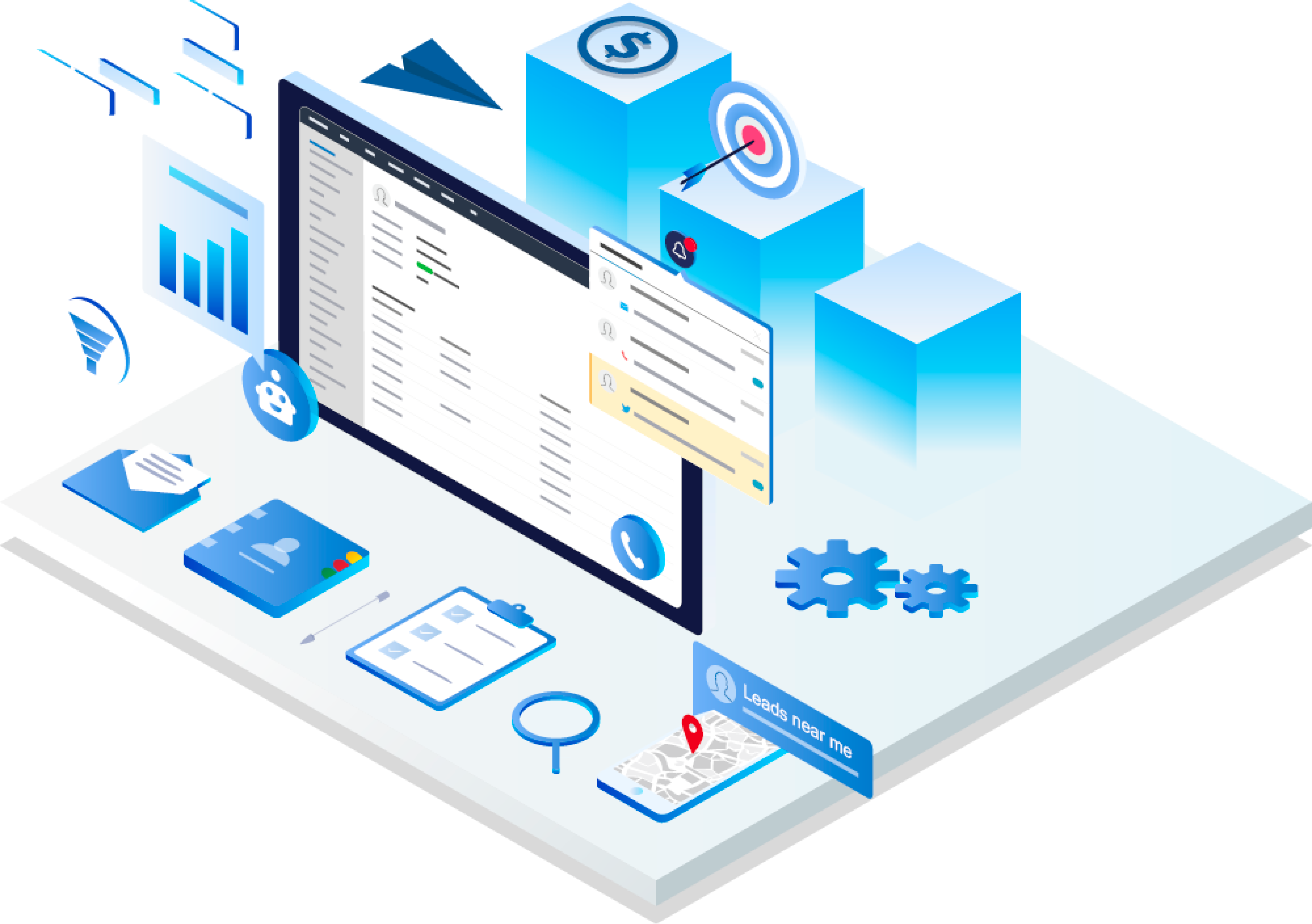What You Need to Know: Customer Data Platforms
We can all agree that modern marketing relies on data.
Although marketers are not fully familiar with customer data platform technology, the software is gaining momentum faster than any other marketing tech.
What is a Customer Data Platform?
A Customer Data Platform (CDP) is database software that creates sustained, consolidated records of all your customers, their attributes, and their data.
A good CDP builds a complete snapshot of your customers on an individual level by easily integrating with your existing data while allowing for easy retrieval of the data it stores. It collects behavioural, demographic and transactional customer data from a multitude of systems and sources and links it to the customer who created it.
Customer Data Platform Features
- Single Customer View: Customer Data Platforms create a 360-degree customer profile – and when paired with marketing automation or 3rd party tools, can be used to analyse customer performance and execute marketing activities.
- Unified customer data: A CDP combines inconsistent data from multiple sources (online and offline) to create a unified single customer view.
- Ready-to-use software: Your customer data will be smartly organised and ready for immediate use. Compared to a traditional data warehouse, a CDP requires much less technical skill to set up and maintain.
- 3rd party access: Your data, when contained within a CDP, is ready to be utilised in 3rd party systems centred on campaign delivery and adtech.
Why is customer data important?
Businesses use data to not only understand their customers but also to curate and sustain a personalised service. Nowadays, customers expect a consistent customer experience across channels, appropriate product/service recommendations, and tailored communications. In fact, 77% of consumers prefer to choose, recommend, or pay more for a brand that provides a personalised service or experience.
Using a combination of AI, machine learning, and data analytics, Customer Data Platforms can suggest what personal experiences will appeal to that customer the next time they have an interaction with the brand.
These insights can also be used to elevate the effectiveness of other business tools such as email marketing initiatives, social media campaigns, ads and push notifications. This way, the brand is supporting its own endeavours, over each of the customer channels. With consistent messaging and offers, in addition to other marketing efforts, the buyer will be more likely to respond and stick to your sales funnel.
What’s the difference between a CDP and a CRM?
Customer Relationship Software (CRM) can be said to help businesses manage customer relationships, while a CDP helps manage customer data.
While both CRMs and CDPs collect customer data, CRMs arrange and manage customer-facing interactions with your team. CDPs on the other hand, collect data focused on customer behaviour with your product or service. For instance, CRM data will tell you your customer’s name, how many times the customer has interacted with your team, filed a support ticket, and more. CDP data will inform you of each step a customer has taken to engage with your company, how they behave with your product, and even what channel they found you engaging on.
Customer Data Platform Marketing
The CDP promises to provide the key to comprehensive data-driven marketing without having to overhaul your existing data infrastructure. Instead, all your customer data is automatically combined for marketing (and other) uses. Without consolidating your customer data to create a single customer view, the ‘marketing brain’ that allows for smarter campaigns simply can’t work. This will inhibit your brand’s ability to compete in an ever-personalised world.


